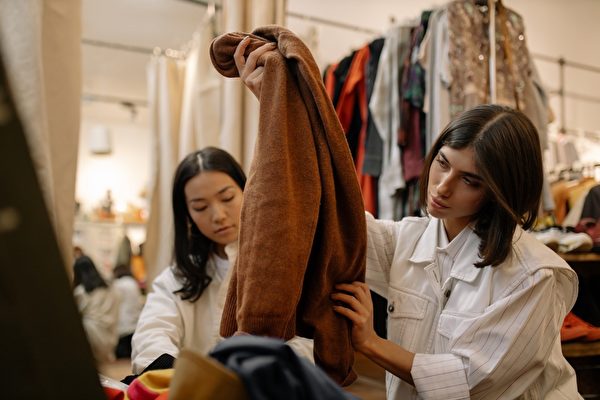China’s second-hand and grey market for luxury goods are experiencing rapid growth amid the long-standing economic stagnation and lack of recovery in the country. As prices of luxury brands continue to rise, some consumers are turning to more affordable purchasing channels, posing challenges to luxury companies like LVMH operating in China.
The world’s largest luxury conglomerate, LVMH, reported a 3% decline in quarterly sales last week, marking the first quarterly sales drop since the onset of the pandemic. Due to slowing demand in China, Italian fashion brand Salvatore Ferragamo also reported a decline in quarterly revenue.
According to Reuters, Max Piero, CEO of Re-Hub, a consulting firm tracking the grey market transactions of luxury goods, stated, “In China, as long as there is a price gap (between China and other countries), price-sensitive consumers will turn to the grey market.”
The grey market is estimated to be worth $57 billion annually, and in recent years, it has been growing stronger with the rise of fashion apps like “DeWu.” Luxury items on these platforms often come from overseas and are priced 20% to over 50% lower than in flagship stores in China.
Reported by the Financial Times, in a Burberry store in downtown Shanghai, the brand’s iconic checkered scarf is priced at 4,800 Chinese yuan (approximately $678) each. On the fashion app “DeWu,” the same scarf is priced at only 2,939 Chinese yuan. In one of the most upscale luxury shopping centers in Shanghai, a Coach jacket is sold for 4,400 Chinese yuan, and a Prada hat for 6,150 Chinese yuan. Through “DeWu,” these products are priced at 3,499 yuan and 4,939 yuan respectively.
Re-Hub estimates that sales of 48 brands on “DeWu” increased by 19% year-on-year in the second quarter, surpassing 7 billion Chinese yuan ($984.4 million). Retail sales in China in September grew by 3.2%.
As a consumer indicator, weak retail sales are bad news for global luxury giants as China accounts for approximately 25% of the industry’s global revenue.
Consumer interest in the second-hand and grey markets is growing stronger, presenting greater challenges for high-end brands seeking to maintain sales in China amidst ongoing global inflation.
Yi Kejie, a 28-year-old content manager and luxury consumer, told Reuters, “The rising prices of luxury brands are undoubtedly one of the reasons why more and more consumers are turning to the secondary market.”
Following the announcement of third-quarter sales by LVMH, the company’s executives will continue to push products from brands such as Louis Vuitton and Dior towards the high-end market, stating that they have no plans to launch more affordable new product lines.
They also noted that they tightly control brand distribution and have no intention of entering the second-hand market.
However, the slowdown in the Chinese economy has also fueled the development of the second-hand market as more people hope to monetize their luxury collections amid tightening budgets.
Zhu Tainiqi, the founder of ZZER, a second-hand luxury goods market, noted, “The number of sellers is growing very rapidly, with most being first-time luxury sellers. However, for buyers, the market is relatively stable.”
This has led to a decrease in average purchase prices since last year, with average order values decreasing by around 10%. Zhu added that despite this, brands like Louis Vuitton and Coach are still selling quickly.
According to consulting firm iResearch, the Chinese second-hand luxury goods market, including platforms like Plum, ZZER, and Alibaba’s Xianyu, has seen a compound annual growth rate of over 30% since 2020.

